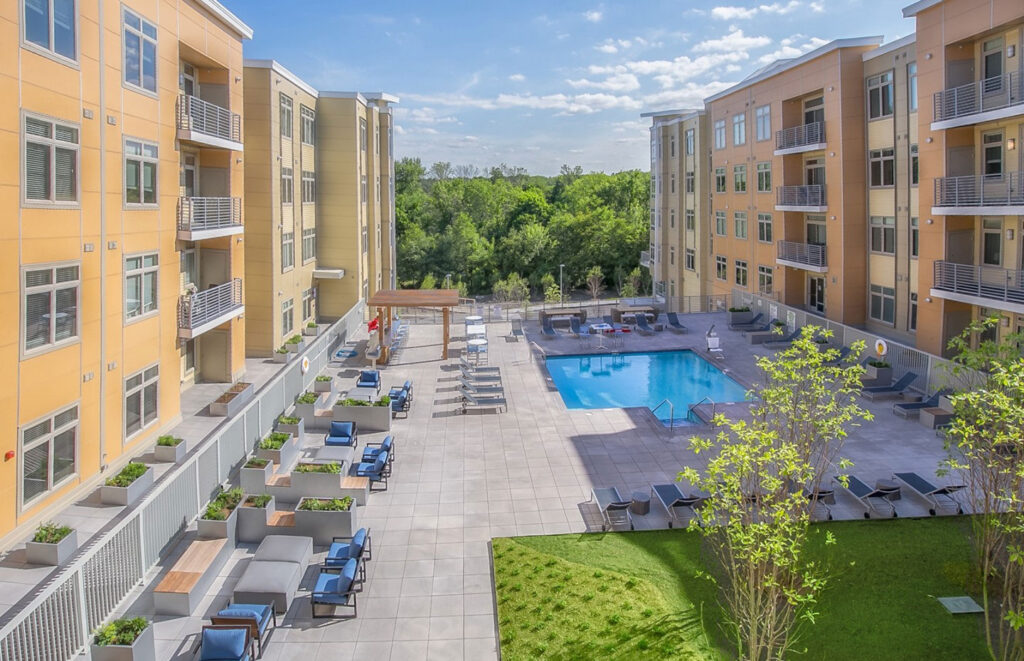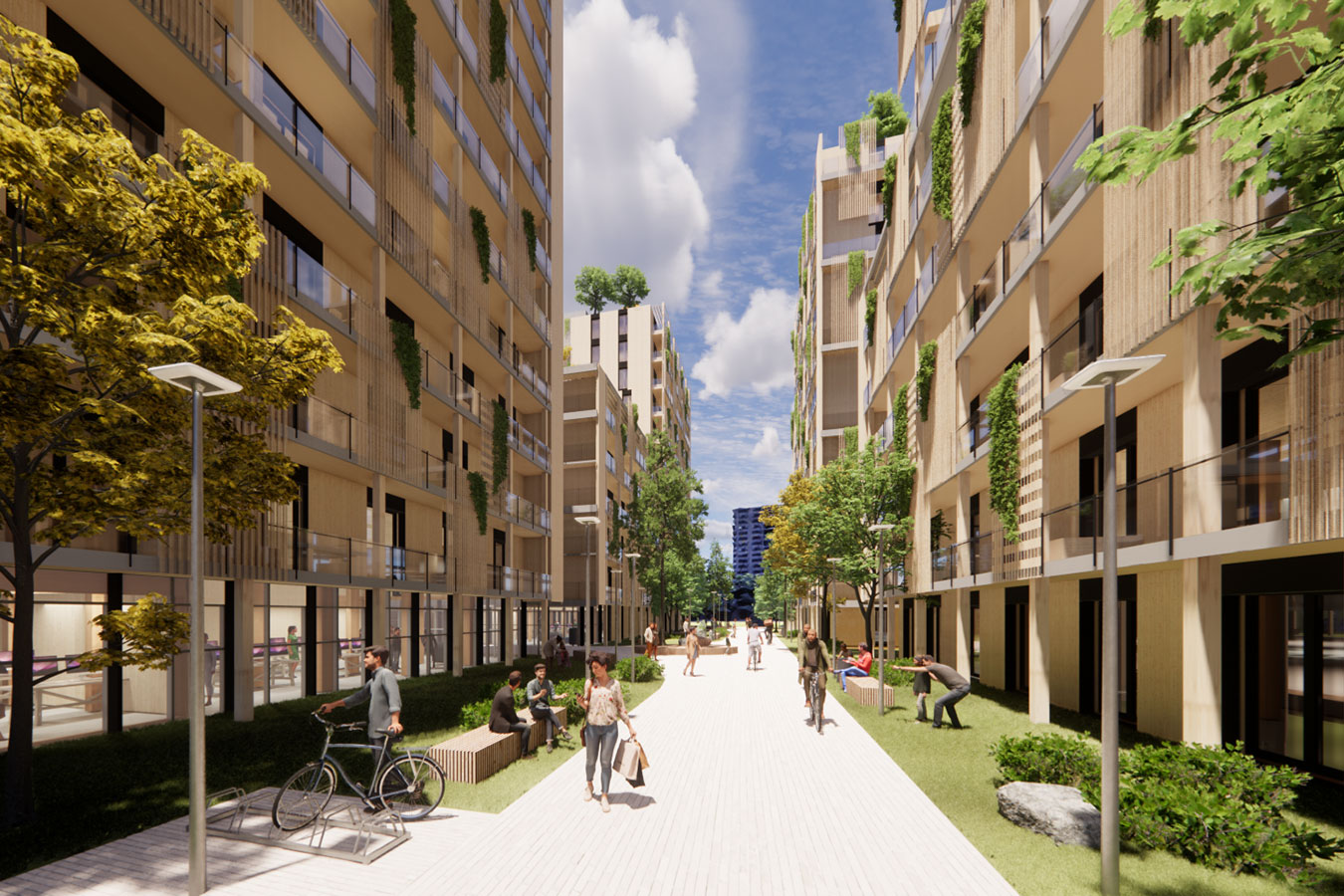
Smart Cities and Sustainability: A Vision for the Future
In today’s rapidly evolving world, the integration of smart cities and sustainability is gaining momentum as urban areas seek to improve quality of life, reduce environmental impact, and promote economic growth. The concept of smart cities is not just a futuristic dream; it is a tangible reality shaping the way we live, work, and interact with our environment. This article explores the multifaceted relationship between smart cities and sustainability, highlighting key innovations, challenges, and the path forward.

What Are Smart Cities?
Smart cities leverage technology and data to enhance urban living. They incorporate digital infrastructure, like sensors and IoT devices, to manage resources efficiently, improve public services, and engage with citizens. The goal is to create a seamless urban experience that prioritizes sustainability and quality of life.
Key Components of Smart Cities
- Digital Infrastructure: The backbone of a smart city, enabling connectivity and data-driven decision-making.
- Efficient Public Services: Improved healthcare, public safety, and transportation through smart technologies.
- Citizen Engagement: Platforms for residents to participate in city planning and decision-making.
The Role of Sustainability in Smart Cities
Sustainability is a core principle of smart cities. By integrating environmentally friendly practices, these cities aim to reduce carbon footprints, conserve resources, and promote green living. Key areas include energy efficiency, water management, waste reduction, and sustainable transportation.
Energy Efficiency
Smart grids and renewable energy sources, such as solar and wind, are essential components of sustainable urban areas. These technologies reduce reliance on fossil fuels and minimize environmental impact.
Water Management
Innovative solutions for water conservation and management are crucial. Techniques like rainwater harvesting and smart irrigation systems ensure efficient water use. More information on water management can be found here.
Waste Management
Smart cities employ advanced waste management systems to minimize landfill use and promote recycling. By utilizing technology, cities can track waste production and optimize collection routes. Learn more about waste management.
Challenges Facing Smart Cities
While the potential of smart cities and sustainability is immense, there are challenges to overcome. These include infrastructure costs, data privacy concerns, and the digital divide.
Infrastructure Costs
Implementing smart technologies requires significant investment. Cities must balance initial costs with long-term benefits to justify expenditures.
Data Privacy
With increased data collection comes the responsibility of ensuring privacy and security. Cities must implement robust measures to protect citizen information.
Digital Divide
Not all residents have equal access to technology. Bridging this gap is essential for equitable smart city development.
The Path Forward: Building Sustainable Smart Cities
To achieve the vision of smart cities and sustainability, collaboration between governments, businesses, and citizens is essential. This involves fostering innovation, investing in education, and promoting public-private partnerships.
Innovation and Education
Encouraging technological innovation and providing education on sustainability practices are crucial for progress. Cities must support initiatives that drive research and development.
Public-Private Partnerships
Collaboration between public entities and private companies can accelerate smart city development. These partnerships can provide the necessary resources and expertise.
Case Studies: Successful Smart Cities
Several cities worldwide are leading the way in integrating smart cities and sustainability. Examples include:
Barcelona
Barcelona has implemented smart lighting, waste management, and transportation systems to enhance urban living.
Singapore
Singapore is renowned for its smart urban planning, including efficient public transportation and green buildings.
Amsterdam
Amsterdam focuses on renewable energy and sustainable urban mobility, making it a model for other cities.
Conclusion
The future of urban living lies in the harmonious integration of smart cities and sustainability. By embracing technology and promoting sustainable practices, cities can create environments that prioritize the well-being of their citizens and the planet. As we move forward, the commitment to innovation and collaboration will be key to realizing this vision.

FAQs
What is a smart city?
A smart city uses technology to improve urban infrastructure and services, enhancing the quality of life for its residents.
How do smart cities promote sustainability?
They incorporate green technologies and practices to reduce environmental impact, such as energy-efficient systems and sustainable transportation.
What are the main challenges of developing smart cities?
Challenges include high infrastructure costs, data privacy concerns, and ensuring equal access to technology.
For further reading, explore the policy framework for developing cities at UN Habitat.
This article contains affiliate links. We may earn a commission at no extra cost to you.